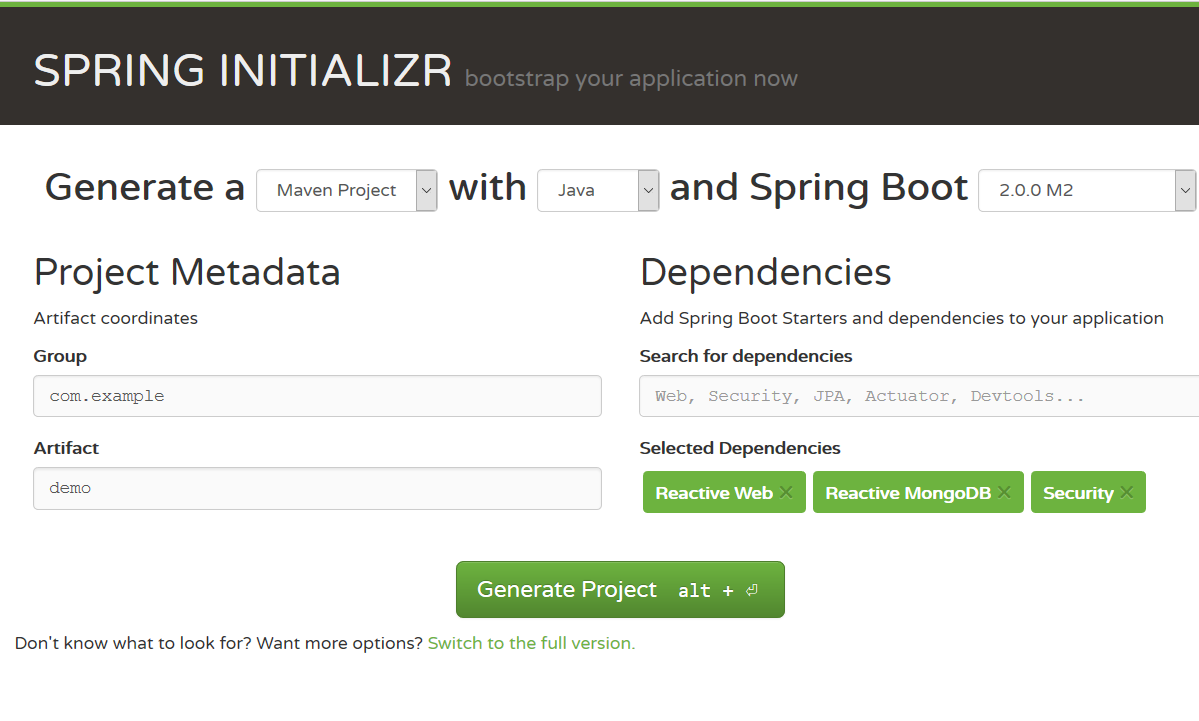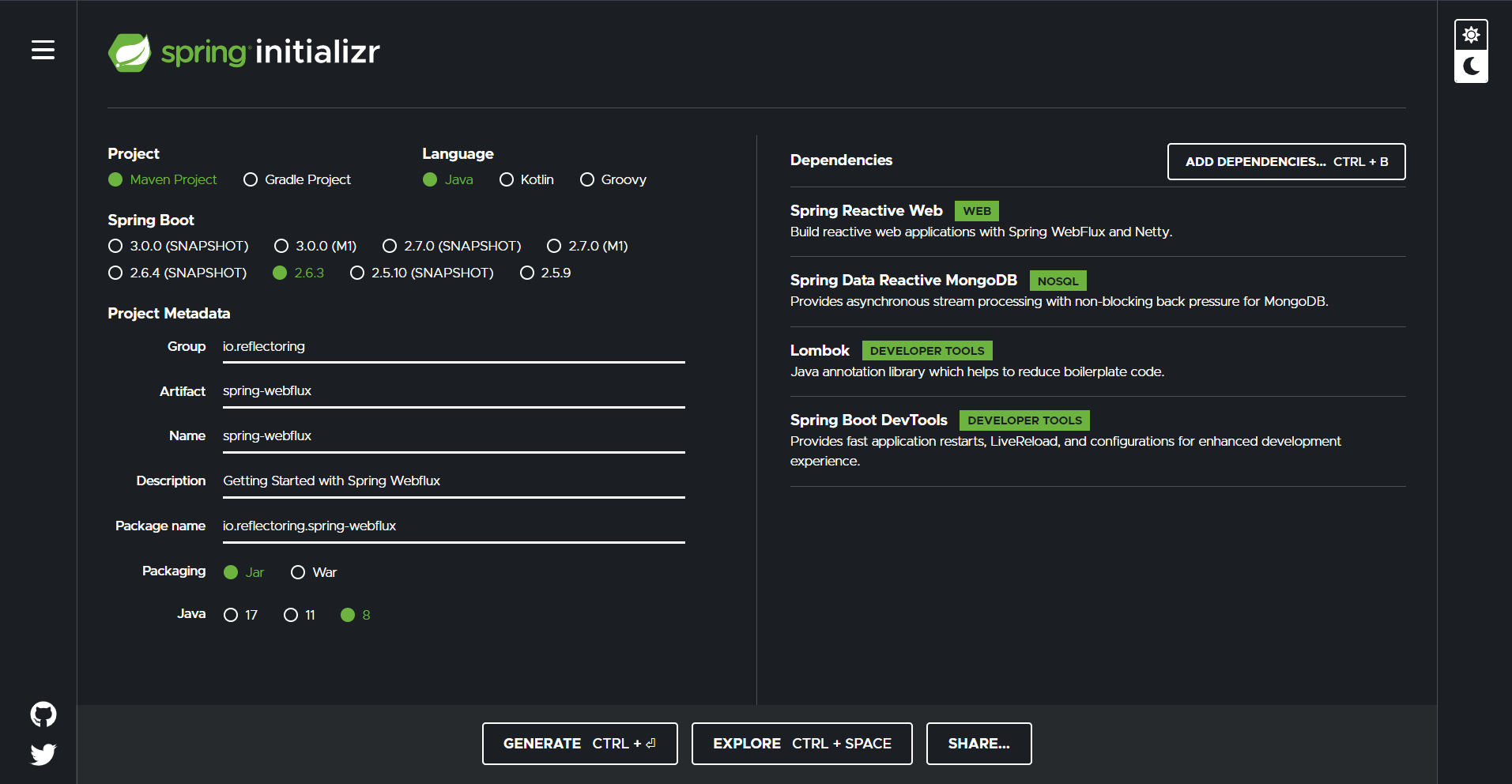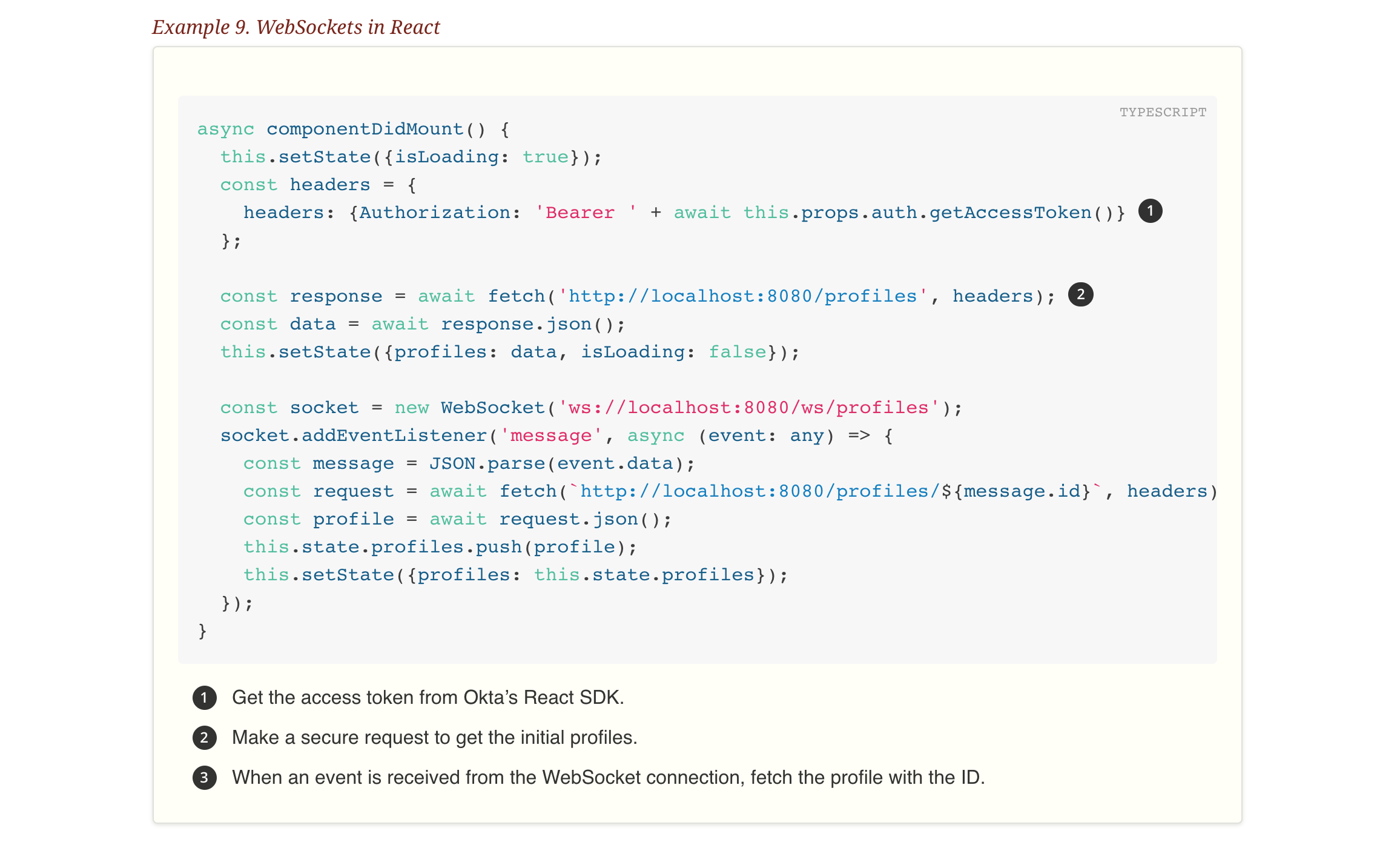Roads & PavementRoads & Pavement
Barefoot
Minimal
Low
Medium
High
Maximal
All around running shoes offer comfort and cushioning for daily runs, jogs, walks, and long mileage. They offer enough versatility for both faster and slower runs and are a great option for those who want one running shoe to do it all.
Fast run or uptempo running shoes are lightweight and responsive. They offer streamlined designs that have minimal uppers and offer a high level of energy return. These shoes are a great option for faster runs in the week or those looking for a livelier experience.
Max Cushion shoes offer premium cushioning with ample ground protection and a stable ride. These types of shoes provide abundant impact protection that softens landings while running at any pace or distance. These types of shoes are best for slower recovery runs and easy days where comfort takes priority.
Racing shoes are designed with optimal performance in mind. These types of shoes have snug-fitting uppers, energetic midsole foams, and features implemented for maximum efficiency. These types of shoes are best for runners looking to gain the ultimate advantage in races but may sacrifice some durability and comfort.
Gym Workout shoes offer a stable and versatile ride. They have a firmer underfoot feeling that provides stability for lateral movements with comfortable uppers. These types of shoes are best for trips to the gyms, cross training, casual wear, and light running. Buy Reactive Web Development with Spring WebFlux Develop reactive
Road running shoes feature smooth outsoles that are designed for running on paved surfaces such as roads, sidewalks, and bike paths.
Designed to handle most trail runs, these shoes prioritize comfort and a smooth ride. These shoes are great for anything from smooth singletrack, park trails, and fireroads making them ideal for those who run from their doorstep on streets before hitting the trail.
These shoes are best used for hard, rugged trails such as shale, granite or sandstone where grip on smooth surfaces and underfoot protection are important.
Designed for use in muddy, soggy conditions, these shoes feature very aggressive outsoles that dig deep into soft ground for exceptional traction.
These shoes feature technical outsoles designed to grip snowy and icy trails making them ideal for winter trail running.
Cushioning level, or stack height, refers to how much shoe is between your foot and the ground. For this category, we reference the amount of cushioning below the forefoot as the heel height will be equal to or greater than the forefoot height.
Reactive Web Programming with Spring WebFlux YouTube
0-13mm. The Shoe generally does not have a midsole and feels like there is no cushioning. This shoe is all about feeling the ground underfoot.
14-18mm. The shoe has a thin midsole that allows for a natural running experience. Racing shoes and minimalist shoes are common here. These shoes offer a feeling of being connected to the road or trail.
19-23mm. The shoe has a slightly cushioned feel and may feature added cushioning technologies. Performance training shoes and some trail shoes are common here. These offer protection during footstrike but prioritize a lightweight, grounded experience.
24-28mm. These shoes have a stack height that fall near the middle of the spectrum.The shoes in this category are verstaile and great for all types of runs and distances.
29-34mm. The shoe has a thick midsole and ample cushioning. These shoes are highly protective and absorb more impact than the body.
35mm plus. The shoe has an extremely thick midsole and extra cushioning. The focus is on protection and soft foam underfoot with hardly any ground feel.
Neutral shoes support the foot through a normal range of arch collapse and generally do not have a built-in technology to correct movement.
Stability shoes are a great option for those who overpronate or need added support. These shoes help to limit the inward rolling motion of the ankle while running or walking and assist in guiding the foot straight through the gait cycle. A Simple Guide to Reactive Java with Spring Webflux Split
Product Details:
Build Reactive REST APIs With Spring WebFlux DZone store, Spring Boot 2 Best Practices for Reactive Web Applications store, Buy Reactive Web Development with Spring WebFlux Develop reactive store, Build Reactive APIs with Spring WebFlux Okta Developer store, Reactive vs Non Reactive Spring Performance Francisco Dorado store, Using Reactive WebClient with Spring WebFlux Piotr s TechBlog store, Spring Web Reactive Spring Framework Guru store, Building Reactive Rest CRUD APIs Using Spring Boot WebFlux and store, SpringBoot2 Blocking Web vs Reactive Web DEV Community store, Chapter 11. Developing reactive APIs Spring in Action Fifth Edition store, Mastering Spring framework 5 Part 2 Spring WebFlux InfoWorld store, Reactive Programming using Spring MVC and WebFlux Page store, Reactive Programming with Spring WebFlux PostgreSQL by Mert store, Introduction to Reactive Programming with Spring Webflux G khan store, Full Stack Reactive with Spring WebFlux WebSockets and React store, Getting Started with Spring WebFlux store, A Simple Guide to Reactive Java with Spring Webflux Split store, Reactive Web Programming with Spring WebFlux YouTube store, Buy Reactive Web Development with Spring WebFlux Develop reactive store, Create a WebFlux application with Spring Boot Spring WebFlux By store, How To Develop A Reactive CRUD REST API With Spring WebFlux store, Full Reactive Stack Introduction store, Spring WebFlux Spring Reactive Programming DigitalOcean store, Reactive Programming Spring WebFlux Knoldus Blogs store, Concurrency in Spring WebFlux Baeldung store, Spring Boot WebFlux springboot webflux csdn CSDN store, Build Reactive REST APIs With Spring WebFlux DZone store, Reactive Programming Spring WebFlux Onesait Platform Community store, Is Spring WebFlux a Myth . Does it really outperform Spring by store, Concurrency in Spring WebFlux Baeldung store, Spring Webflux How to test controllers Knoldus Blogs store, Reactive Programming Spring Knoldus Blogs store, Reactive Architecture with Spring Boot store, Reactive Microservices with Spring 5 by Rodrigo Soares Chaves store, Servlet vs. Reactive Choosing the Right Stack Rossen Stoyanchev store, Spring WebFlux Tutorial with CRUD Example HowToDoInJava store, Servlet and Reactive Stacks in Spring Framework 5 InfoQ store, SpringBoot 2 performance servlet stack vs WebFlux reactive stack store, Reactive Programming with Spring Boot A Beginner s Guide YouTube store, Introduction to Reactive Programming and Spring WebFlux store, Build Reactive REST APIs With Spring WebFlux DZone store, Reactive Spring Boot Applications by Bubu Tripathy Medium store, Spring WebFlux Tutorial store, Getting Started with Spring WebFlux store, Reactive Programming in Spring Boot using Spring Webflux Framework store, Spring WebFlux Tutorial with CRUD Example HowToDoInJava store, Spring Reactive store, Spring Web vs Spring Webflux. Spring Web and Spring Webflux are store, Spring WebFlux Spring Reactive Programming DigitalOcean store, Spring Reactive store, Product Info:
Reactive web spring store.
- Increased inherent stability
- Smooth transitions
- All day comfort
Model Number: SKU#7442080





